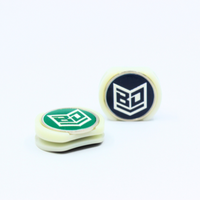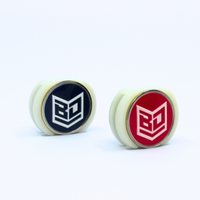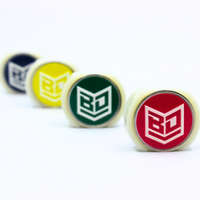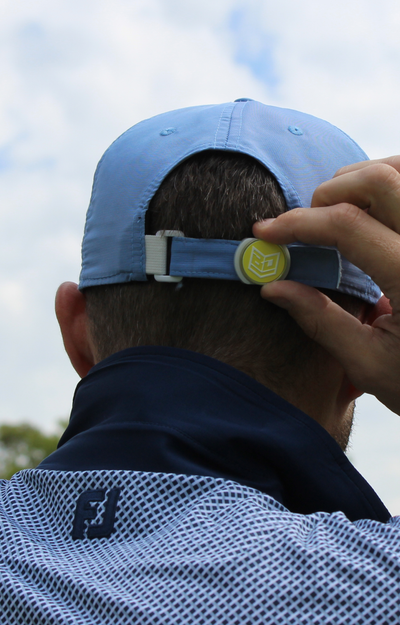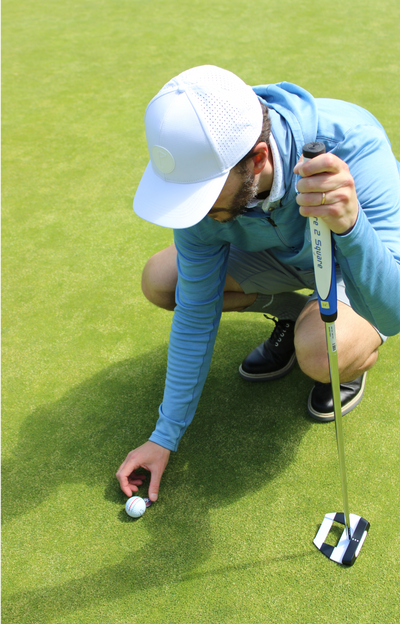Come On Down To Blacktown (Chicago)
Making your way in the world today, takes everything you got. Taking a break from all your worries, it sure would help a lot. Sometimes you want to go, where everybody knows your name. You want to be where you can see the troubles are the same.
The great American t.v. show, Cheers represented an ethnocentric community mostly centered on the exceptionalism and diversity of white people. Mechanics, doctors, former athletes, whores, womanizers, teachers, students, preachers and sinners all having communion over beers. Such a beautiful environment where an accountant and a janitor can connect over the same issues with marriage, sports and possibly exchange services just because they frequent the same bar. That’s what a community is for.

Photo by Alex Powell
Growing up, I’d never knew of a community- I lived in a neighbor(HOOD). Everyone I knew growing up was always aspiring to leave the neighbor(HOOD), or give back to the neighbor(HOOD) by leaving it. Some wanted to grow up and move into the suburbs aka a community. In my neighbor(HOOD), we knew everyone’s business, and we had communal spots like the basketball courts or outside of the corner store. But the courts were on public school grounds and the corner store was owned by two Asians who we called “Joe” & “Joe’s brother.” We didn’t own much of our neighbor(HOOD). Everyone wasn’t happy to see you after you came home from work or school, mainly because most people weren’t happy to be there!
Where can we go to kick it? Where can we go where everyone is happy to see us? Where can we go to circulate our dollars among other Native Blacks (95% of disposable income from Black people go outside of their neighbor(HOOD))?

Photo by Chait Goli
Former Assistant Secretary of Commerce, President of Powernomics, and author of the books Powernomics and Black Labor, White Wealth, Dr. Claude Anderson said, “a community signifies commitment and the potential for power.”
In his book Powernomics, he points out the definition of a neighborhood, “a vicinity or physical place where there are people living near each other.” He continues, the concept of a neighborhood implies an area that is residential in nature, with lesser wealth, power, and status than a community.
Dr. Claude Anderson writes about the effectiveness of a community versus a neighbor(HOOD) by pointing out other ethnocentric enclaves in America. Communities like Chinatown, Little Italy, Little Mexico, Little Havana, Polishtown, Germantown, Little Korea, Boys’ Town, and Bal Harbor- all are insulated communities, where the exceptionalism of a group is constantly reinforced through every aspect of that community. If you go through Chinatown, you’ll see the diversity of the Chinese culture, you can eat Chinese food, book a room at a hotel that will have Chinese front desk attendant, or drop your child off at a daycare that is titled in Chinese calligraphy and worked by Chinese women. If you’re a Native Black, you have to ask yourself, “Where is BlackTown?” as opposed to “Where the hoods at?” Because one you need to check out, the other you are trying to avoid.

Dr. Claude Anderson believes, once we as Native Blacks, “stop trying to get along and start getting ahead”, we can build a BlackTown where ever Native Black people are. We can build communities where doctors, lawyers, former ball players, live among the working class. Black places of worship, competitive black schools, built around our vibrant culture. A place where we can reinforce the exceptionalism of black people. A place where people come to eat at OUR restaurants, and shop at OUR stores, and drink at OUR bars.
When that day comes, I think our jingle will be more like Pac’s Thugz Mansion, than Gary Portnoy’s joint. A spot where we belong, that’s just for us. A place to spend your quiet nights to unwind. Where everyone knows your struggle, and they see your troubles. Come on down to BlackTown.

- James L
@mrjameslorenzo
James Lorenzo is owner of the clothing line No Shaytan Shall Prosper. He’s also signed as a model with Wilhelmina Chicago. This is the story behind the inspiration for his second collection of apparel “Cheers to BlackTown." He is also part of the SNAPS fam, as the star of our Pro Series Golf Ball Marker Shoot.
